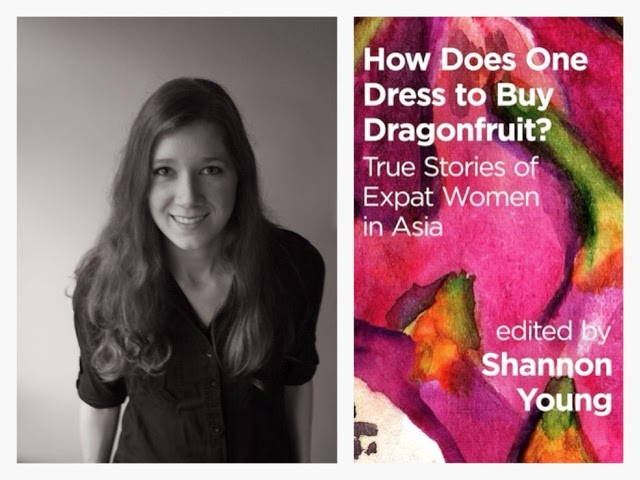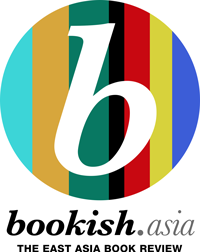How Does One Dress to Buy Dragonfruit? True Stories of Expat Women in Asia explores the feminine side of expat life. Edited by Hong Kong-based writer Shannon Young, the anthology covers the stories of 26 women, mostly split between China, Hong Kong and Japan (from Tokyo to Fukushima), and differs from most travel memoirs by giving new perspectives on Westerners in Asia.
The first, “Forwarding Addresses,” concerns shopping for tropical fruit, and coins the title of the entire book. Written in letters, Shannon Dunlap describes her time in Cambodia and the difficulties in learning to speak rudimentary Khmer. The author recognizes her own privilege in being able to already speak English, and is at least trying to adapt to local customs.
“The Weight of Beauty” by Dorcas Cheng-Tozun takes place in Shenzhen. Again about language, this time the story concerns the frustration of being a Chinese-American fluent in Cantonese but not Mandarin. It’s not easy to look like everyone else and be judged for not speaking the common tongue, something white expats don’t have to deal with. Cheng-Tozun decides to take a language class, and finds an empathetic connection by discussing life’s tragedies with her teacher.
Stephanie Han is another displaced Asian (ethnically Korean) and authors “Happy Anniversary.” Set in the important year of 1997 in Hong Kong, Han is able to eavesdrop on racist rants from British residents. In this romance, told in the second person, she eventually grows past the anxieties of being a nationless expatriate.
“Jewish in China” by Eva Cohen also explores various ethnic combinations. Jews in China are often told they are “so smart and so good at business,” as this writer can attest to. During a Passover sedar, Cohen meets a Chinese professor of Jewish studies with an incredible background. The professor has even published works about the Jews of Kaifeng.
“Huangshan Honeymoon” by blogger Jocelyn Eikenburg concerns interracial marriage and her disappointing honeymoon in Anhui, China, with a father-in-law and rainy weather interrupting the expected majestic scenery. Chinese husbands are big on filial piety. It’s a challenge, as Eikenburg reflects on the early days of the relationship back when her to-be husband’s father was against their dating, but in the end she feels closer than ever to her new family.
Susan Blumberg-Kason, author of the memoir Good Chinese Wife, lived in Hong Kong in the 90s, and recently returns in “Ninety Minutes in Tsim Sha Tsui” to reflect on some very personal memories, such as receiving news that her Chinese husband at the time had given her an STD. It continues with a one-time meeting of her then-husband’s ex-wife. Don’t we all wish we could go back and give our younger selves advice?
“Cross” by Safron Marchant shows a deeper side to the themes of pregnancy and motherhood. Marchant tries to start her own family by way of fertility treatment in Hong Kong. The trials are very tough; hormones and clinic visits can be devastating. “Here Comes the Sun” by Leza Lowitz rounds out the theme of motherhood. It’s never easy, as Lowitz fails at becoming pregnant and goes through the complex process of adopting in Japan. It is heartwarming at the conclusion, with the new mother’s efforts finally rewarded.
Some stories are not as strong as others, which is part of the deal when it comes to anthologies. From getting pregnant in Vietnam to retiring in Malaysia, busing in Bangkok, and vacationing in Mongolia, the range of writing styles and scenes is diverse.
How Does One Dress to Buy Dragonfruit? is recommended for both men and women. Anyone interested in travel, immigration, women’s issues, and simply human stories will find plenty to enjoy within this anthology.
The book is published by Signal 8 Press and is available at bookstores in Hong Kong and on Amazon.

Reviewed by Ray Hecht, author of South China Morning Blues.
The original version of this review first appeared in the Nanfang.
